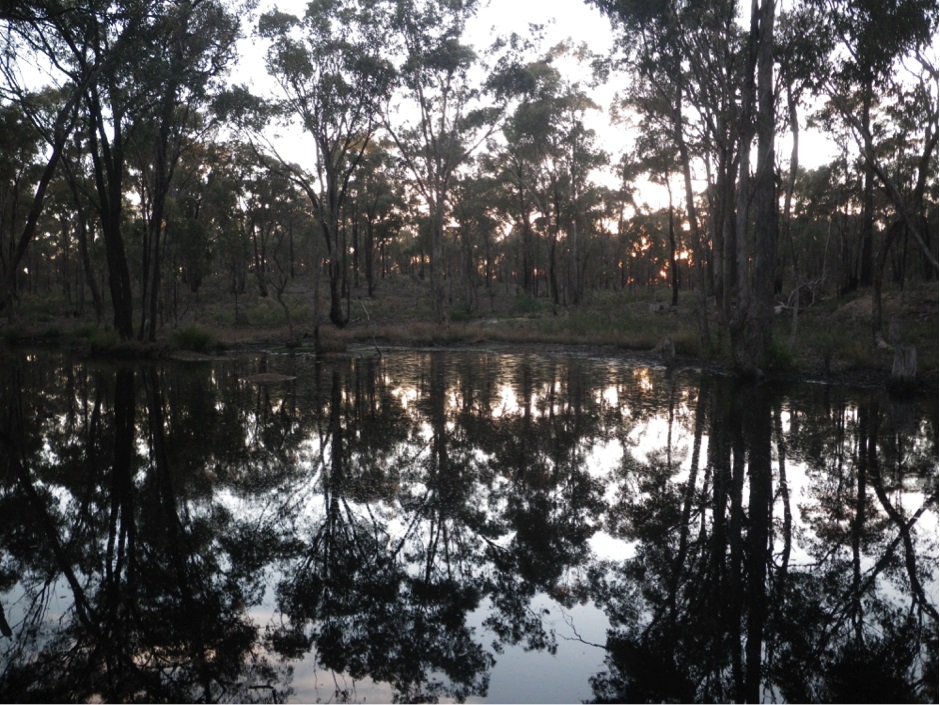The approach of a long, bitter winter is anticipated by many of us with dread. And so too it would seem for many of our migratory birds. Wetlands and coastlines that teem with shorebirds over summer become still, and our warm, sun-drenched skies that ring with the trill of rainbow bee-eaters and the cackle of dollarbirds fall quiet. As the chill of winter arrives and we retreat to the comfort of our heated lounge rooms, it’s hard to imagine that there could be a paradise unfolding just on our doorstep.
In reality, it is not an intolerance of cold that drives many of our summer-chasing species away. When many shorebirds reach their breeding grounds on the tundra of Russia and northern China, there is still snow on the ground and these birds are able to survive despite the frigid conditions. However, this hardship is short-lived as spring quickly takes hold and the warmer weather spurs a flush of invertebrates racing to complete their lifecycles. It is this abundance of invertebrates that has drawn the shorebirds there rather than them simply escaping the cold.
Just as a bounty of food is becoming available in the Northern Hemisphere, so too is a rich food source emerging just beyond the outskirts of Melbourne in the midst of our Southern Hemisphere winter. This food source is not invertebrates; it’s nectar. The box-ironbark forests of central Victoria become a throng of activity in winter as the dominant trees flower and their importance to an intrepid suite of nectarivores is realised.
As a winter morning breaks in box-ironbark country, the first feeble rays of sunshine to crest the horizon more often than not reveal a blanket of either frost or fog. It is at these times that the forest is at its most beautiful. The trunks of ironbarks* are almost black in colour and contrast starkly with the white of frost and fog. Their glaucous, grey-green foliage provides another point of contrast and if it wasn’t for the plume of steam created every time you exhale, ‘breath-taking’ would be a fitting description.

As the warmth of the sun begins to vanquish the frost and fog, flowers in the canopy start to produce nectar for the day. The cool morning air is soon filled with the sounds of honeyeaters as they replenish energy lost during the cold night. Honeyeaters belong to the family Meliphagidae, which contains the highest number of species of any family of Australian birds. On winter days, when the box-ironbark forests are in full flower, it is easy to appreciate this diversity. Many honeyeaters are referred to as blossom nomads. They move in vast numbers around the landscape, following patterns in flowering. A large block of flowering box-ironbark forest is a huge drawcard and many species may descend upon it in large numbers. But a rich nectar source is a valuable commodity and worth defending. Honeyeaters are aggressive by nature and exclude competitors from flowers where possible. Some species are much larger than others and this confers an advantage when it comes to defending their patch. At the top of this hierarchy are the red wattlebird, and noisy and little friarbirds. Their garrulous calls can be heard throughout the forest. This leaves the remaining ten or so species that may be present to compete for foraging opportunities, all the way down to the diminutive eastern spinebill. At times it seems that every available spray of flowers is being used.
When so much feeding activity is evident, it is hard to comprehend that all is not well in these forests. Some blossom nomads are in decline. Species including the regent honeyeater and swift parrot are critically endangered and this dominance hierarchy is partly responsible. Since European settlement, approximately 83% of box-ironbark forests have been cleared and what is left is fragmented and degraded. Timber harvesting during the gold rush era and subsequent decades has resulted in many of the largest trees being lost. The big, old forest giants produce much more nectar than younger trees. Together, a dramatically reduced area of forest and a lack of nectar-rich, old trees mean that the volume of nectar produced today is far below historic levels. With many of the best remaining sites dominated by large-bodied species, smaller species are pushed into more marginal areas or have to rely on brief feeding opportunities when the competitive bullies let their guard down.

This suggests that every remaining remnant of box-ironbark forest has incredible conservation value, as a whole suite of nectarivorous species (not to mention all of the other plants and animals that call these forests home) is dependent upon them. I highly recommend that you head out to a box-ironbark forest this winter so that you too can appreciate just how many nectarivores they support. The spectacle is definitely worth braving the cold for. The best examples of these forests are Heathcote-Graytown National Park, Chiltern-Mt Pilot National Park and Greater Bendigo National Park. Muckleford Nature Conservation Reserve is another good location closer to Melbourne. Whichever patch you choose, I am sure that it will help ease the suffering on a cold winter’s day.
* Ironbark is a common name used for a small number of eucalypt species. In our region it is used for the red ironbark Eucalyptus tricarpa and mugga ironbark E. sideroxylon.
Banner image is of box-ironbark country and is courtesy of Rowan Mott. If you look closely at the surface of this wetland, you will see that it has frozen over entirely.


Leave a Reply